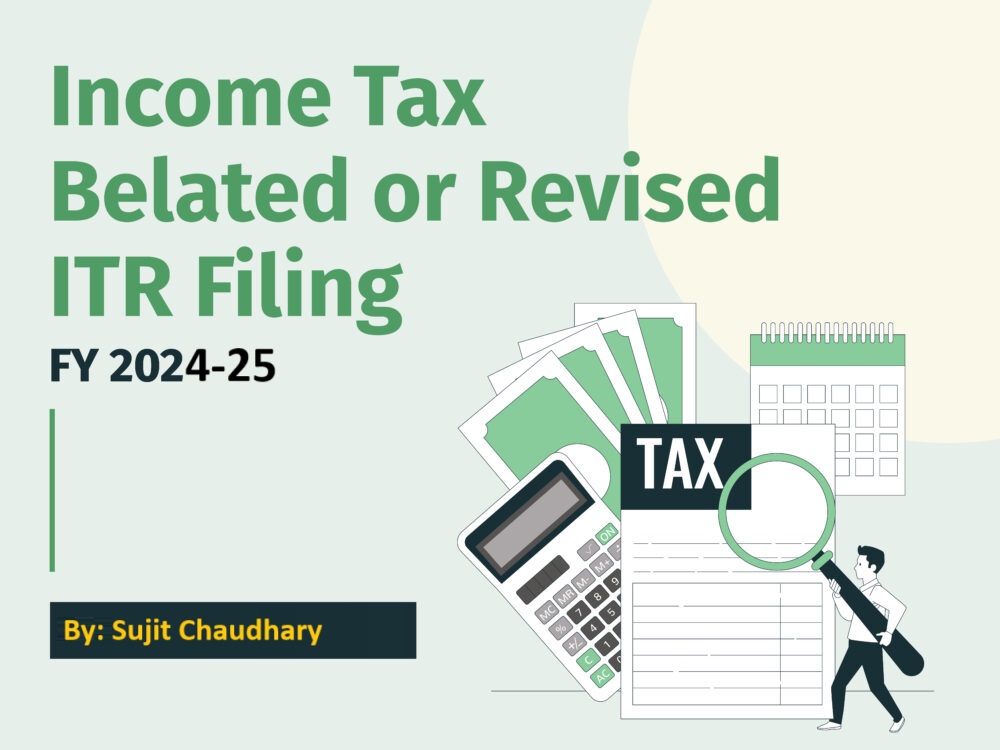Direct taxes are an integral part of a country’s taxation system, directly impacting individuals and organizations. As opposed to indirect taxes, direct taxes are paid directly to the government by the entity on whom they are imposed. They play a vital role in generating revenue for public welfare, development, and infrastructure
What Are Direct Taxes?
Direct taxes are levied directly on the income or wealth of individuals and entities. Unlike indirect taxes that are passed on to consumers (such as GST), direct taxes are non-transferable. Common examples include income tax, corporate tax, and property tax
Types of Direct Taxes
Here are some of the major types of direct taxes:
- Income Tax: Levied on the income earned by individuals, professionals, and businesses. It is calculated annually and divided into slabs based on income levels.
2. Corporate Tax: Applicable to companies, this tax is charged on the profits earned during a financial year.
3. Property Tax: Owners of residential or commercial properties pay this tax to the local municipal authorities.
4. Capital Gains TaxImposed on profits earned from the sale of assets like stocks, real estate, or bonds.
5. Wealth Tax: Though abolished in many countries, it was charged on an individual’s net wealth exceeding a specified threshold.
Key Features of Direct Taxes
Non-transferable: Paid directly to the government by the taxpayer.
Progressive Nature: Higher tax rates for higher income brackets.
Revenue Generation: Major source of government income for public services.
Encourages Compliance: Promotes transparency and accountability in financial dealings.
Advantages of Direct Taxes Equity:
The progressive nature ensures wealthier individuals contribute more.
Economic Stability: Direct taxes help control inflation and deflation by adjusting disposable income.
Redistribution of Wealth: Reduces income inequality by channeling funds for public welfare.
Challenges of Direct Taxes
Compliance Issues: Many taxpayers try to evade taxes, reducing overall revenue.Complex Processes: Filing and managing direct taxes can be cumbersome for individuals and small businesses.Burden on Middle Class: If not carefully structured, tax policies can disproportionately affect certain segments.
Role of Technology in Direct Taxes
With digitization, governments have simplified tax filing and collection. Online portals, automated assessments, and e-verification have made the process more efficient and taxpayer’friendly.
Conclusion
Direct taxes are fundamental to a nation’s economic framework, fostering growth, equity, and development. Understanding the various types and features of direct taxes empowers individuals and businesses to comply effectively and contribute to the nation’s progress.



